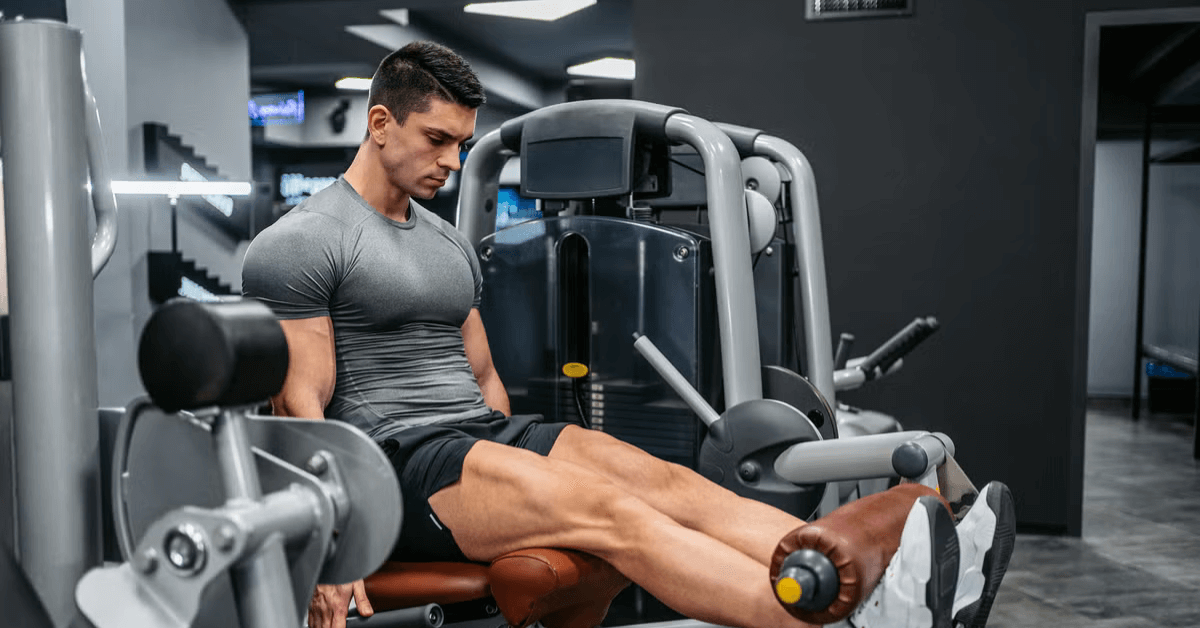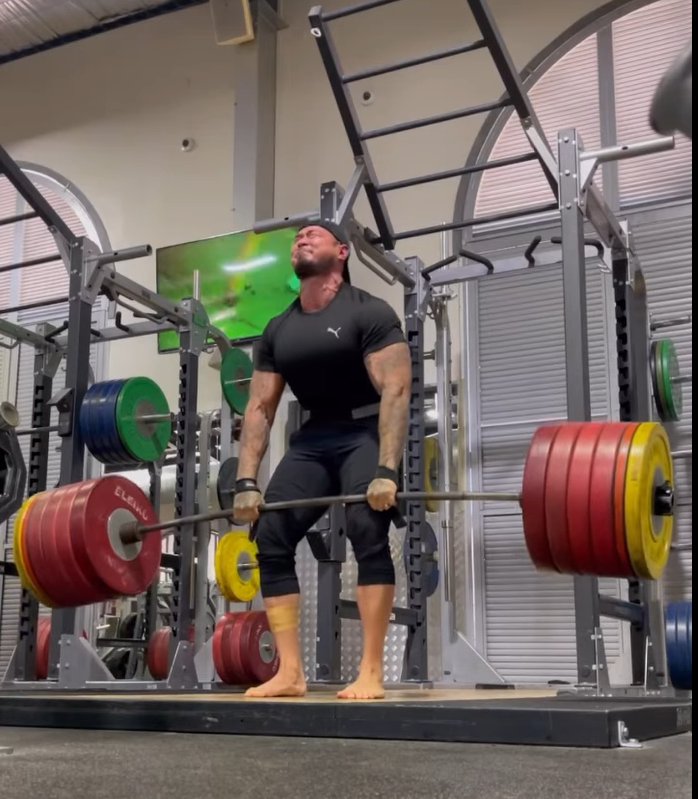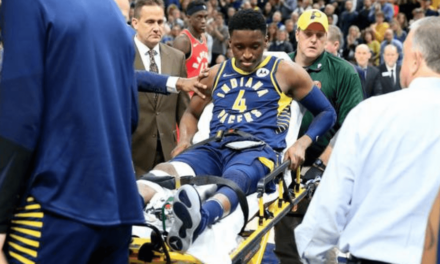Rehabilitation following a quadriceps tendon rupture is crucial for regaining strength, flexibility, and function in the knee. A carefully structured rehab program will help restore full mobility and minimize the risk of re-injury. Below are some of the best rehab exercises for a quadriceps tendon rupture, broken down into different phases of recovery.
Phase 1: Early Recovery (Weeks 1-6)
The goal of this phase is to protect the healing tendon, reduce swelling, and gently begin restoring range of motion (ROM). During this time, weight-bearing is often limited, and exercises are typically performed in a brace.
1. Quadriceps Sets
- Purpose: To activate the quadriceps without straining the repaired tendon.
- How to Perform: Sit or lie down with your leg straight. Tighten your quadriceps by pushing the back of your knee down into the floor or bed. Hold for 5-10 seconds, then relax.
- Repetitions: 10-15 times, 3 times a day.
2. Straight Leg Raises
- Purpose: To strengthen the quadriceps without knee movement.
- How to Perform: Lie on your back with your injured leg straight and the other bent. Tighten your quadriceps and slowly lift the leg to about 12 inches off the floor. Hold for 2-3 seconds, then slowly lower it.
- Repetitions: 10-15 times, 3 sets per day.
3. Passive Range of Motion Exercises (Heel Slides)
- Purpose: To gently improve knee flexibility without stressing the tendon.
- How to Perform: Lie on your back with both legs straight. Slowly slide your heel toward your buttock as far as you can without pain, then slide it back to the starting position.
- Repetitions: 10-15 times, 2-3 times per day.
4. Ankle Pumps
- Purpose: To promote blood circulation and prevent stiffness.
- How to Perform: While lying on your back, point your toes away from you, then pull them back toward you. This simple exercise helps maintain ankle mobility and circulation during the immobilization phase.
- Repetitions: 15-20 times, 3 times a day.
Phase 2: Intermediate Recovery (Weeks 6-12)
Once the surgeon clears you for increased mobility, you can gradually add more resistance and range of motion. During this phase, the focus is on strengthening the quadriceps and regaining flexibility while avoiding high-impact or weight-bearing activities.
5. Partial Weight-Bearing Squats
- Purpose: To gently strengthen the quadriceps and engage the knee joint in movement.
- How to Perform: Stand holding onto a chair or countertop for support. Perform a shallow squat, bending your knees to about 30-45 degrees. Make sure your knees don’t go past your toes. Slowly return to the starting position.
- Repetitions: 10-15 times, 2-3 sets per day.
6. Step-Ups
- Purpose: To improve quadriceps and knee function through controlled movement.
- How to Perform: Use a low step or platform. Step up with your injured leg first, then follow with the non-injured leg. Step back down, leading with the non-injured leg. Focus on controlled, slow movements.
- Repetitions: 10-15 times, 2-3 sets per day.
7. Stationary Bike
- Purpose: To improve knee range of motion and build endurance in the quadriceps without high-impact forces.
- How to Perform: Set the seat height so your knee is slightly bent at the bottom of the pedal stroke. Begin with no resistance, and slowly increase as tolerated.
- Duration: 5-10 minutes initially, gradually increasing up to 20-30 minutes as strength improves.
8. Terminal Knee Extensions (TKE)
- Purpose: To strengthen the quadriceps and improve knee control.
- How to Perform: Loop a resistance band around the back of your knee and secure the other end to a sturdy object. With the band pulling against your knee, slightly bend the knee and then straighten it. Focus on contracting the quadriceps as you extend the knee.
- Repetitions: 10-15 times, 3 sets per day.
Phase 3: Advanced Recovery (Months 3-6)
By this phase, the focus shifts to regaining full strength, balance, and preparing for a return to higher-impact activities, such as sports or heavy lifting.
9. Lunges
- Purpose: To build strength in the quadriceps and gluteal muscles while improving balance.
- How to Perform: Stand upright and step forward with your injured leg. Lower yourself into a lunge, keeping your knee over your ankle, and return to the starting position. Gradually increase the depth of the lunge as you gain strength.
- Repetitions: 10-15 times, 2-3 sets per day.
10. Single-Leg Balance
- Purpose: To improve stability and strength in the quadriceps and knee joint.
- How to Perform: Stand on your injured leg while slightly bending the knee. Try to balance for 20-30 seconds without holding onto anything. You can increase the challenge by closing your eyes or standing on an uneven surface (like a balance pad).
- Repetitions: Hold for 20-30 seconds, 3-4 sets per day.
11. Resistance Band Leg Press
- Purpose: To simulate a leg press without putting excessive stress on the knee.
- How to Perform: Wrap a resistance band around your feet and lie on your back with your knees bent. Press your feet away from you, extending your legs until they are straight, then slowly return to the starting position.
- Repetitions: 10-15 times, 3 sets per day.
12. Plyometric Training (When Cleared)
- Purpose: To prepare the quadriceps and knee for explosive movements necessary for sports or intense physical activity.
- How to Perform: Exercises like box jumps, lateral jumps, and skipping can help improve power, coordination, and agility. These should only be introduced when cleared by your physical therapist or surgeon.
Key Points to Remember
- Progress Gradually: Avoid rushing the recovery process, especially in the early stages. Follow your surgeon and physical therapist’s advice on when to progress to more advanced exercises.
- Listen to Your Body: If an exercise causes significant pain, stop and consult your therapist. A little discomfort is normal, but sharp or intense pain could indicate overuse or improper technique.
- Consistency is Key: Daily exercises and regular physical therapy sessions are crucial for optimal recovery.
Conclusion
Rehabilitation after a quadriceps tendon rupture is a slow and steady process that requires patience and dedication. The exercises mentioned above are designed to help regain strength, mobility, and function while reducing the risk of re-injury. Always follow the guidance of your physical therapist or healthcare provider to ensure a safe and effective recovery process.








